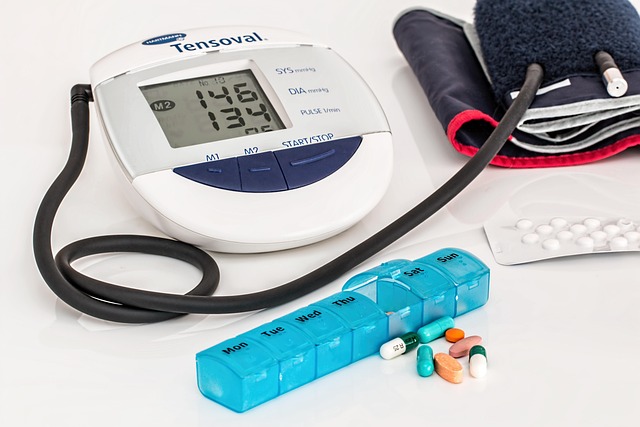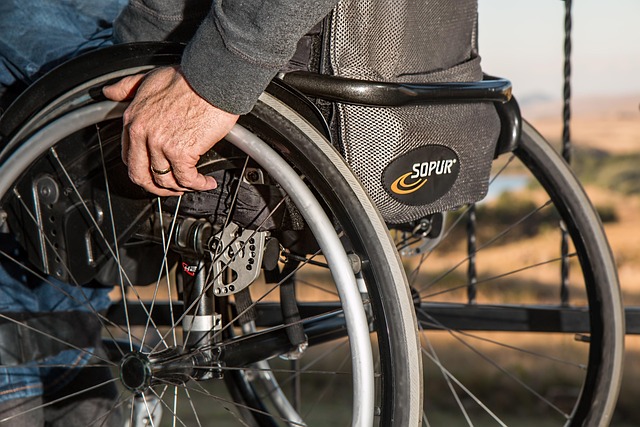Sensors and the Promise of Proactive Health
Imagine a world where managing your health isn’t just about reacting to illness, but actively preventing it. A world where subtle shifts in your body are detected early, where personalized insights guide your wellness journey before problems even arise. This isn’t science fiction; it’s the rapidly approaching reality being built at the intersection of advanced sensor technology and powerful analytics.
For too long, healthcare has been a reactive system, focused on treating symptoms after they appear. But with incredible technological innovations happening right now, we’re shifting towards a paradigm of analytics prevention – using data to foresee and mitigate health risks before they impact our lives. And at the heart of this shift are sophisticated sensors.
The Sensor Revolution: Data at Our Fingertips
Today’s sensors are a far cry from their bulky predecessors. They are smaller, more accurate, less invasive, and ubiquitous. Think of the wearables on wrists tracking sleep and activity, the patches monitoring glucose levels continuously, or even the smart fabrics embedded with biosensors detecting vital signs. These technological innovations in sensor design and manufacturing are making it easier than ever to collect rich, real-time health data outside of traditional clinical settings.
These sensors aren’t just passively collecting numbers; they’re becoming incredibly sensitive and capable of measuring a wide range of physiological parameters, from heart rate variability and oxygen saturation to sweat composition and even subtle changes in gait or posture. This constant stream of data provides an unprecedented window into our individual health status.
From Data Streams to Health Insights: The Power of Analytics
Collecting vast amounts of sensor data is only the first step. The real magic – and the core of analytics prevention – lies in what we do with that data. This is where advanced analytics comes in. Machine learning algorithms and artificial intelligence are essential for processing this complex information, identifying patterns, correlations, and anomalies that are invisible to the human eye.
These analytical tools can:
- Detect early warning signs of potential health issues (e.g., detecting pre-symptomatic illness).
- Predict the likelihood of future conditions based on current patterns and historical data.
- Provide personalized insights into how lifestyle choices (diet, exercise, sleep) impact specific health markers.
- Offer timely, actionable recommendations tailored to an individual’s unique profile.
It’s this transformation of raw sensor data into meaningful, predictive insights that truly enables proactive health management.
Health Innovations Driven by Data and Detection
The synergy between advanced sensors and powerful analytics is driving transformative health innovations. We are moving towards:
- Early Disease Detection: Identifying conditions like atrial fibrillation, respiratory infections, or even early signs of neurological issues through continuous monitoring long before symptoms become severe enough to warrant a doctor’s visit.
- Personalized Wellness & Prevention: Receiving data-driven recommendations on exercise intensity, optimal sleep schedules, or dietary adjustments based on how your body uniquely responds.
- Remote Patient Monitoring: Enabling individuals with chronic conditions to be safely monitored from the comfort of their homes, allowing for quicker intervention and preventing hospitalizations.
- Behavioral Change Support: Using real-time feedback from sensors and analytics to motivate healthier habits and track progress effectively.
This integration empowers individuals with a deeper understanding of their own bodies and provides healthcare providers with richer, more continuous data streams to inform care. It fosters a sense of agency and potential – that we can, through informed action and technological insight, take greater control over our long-term health.




